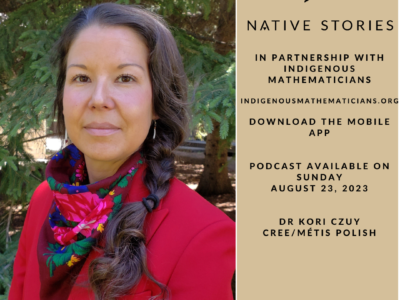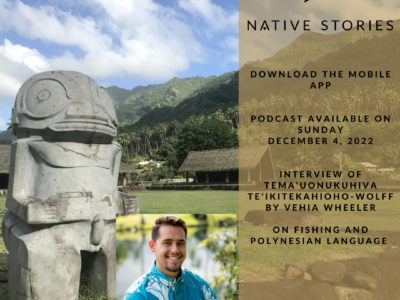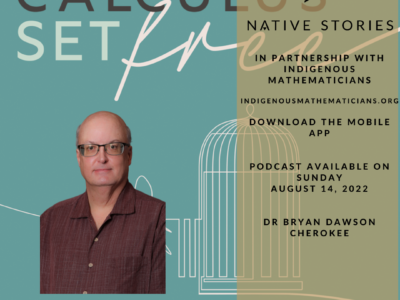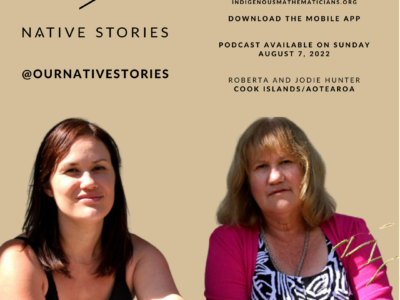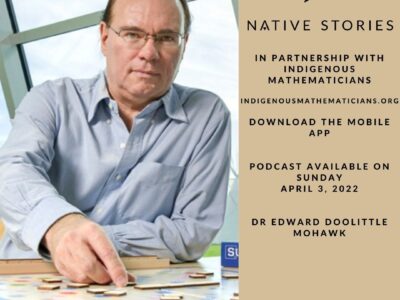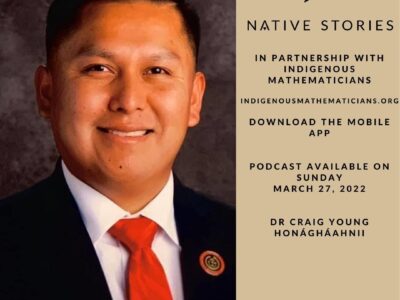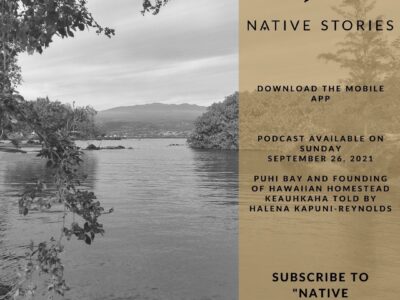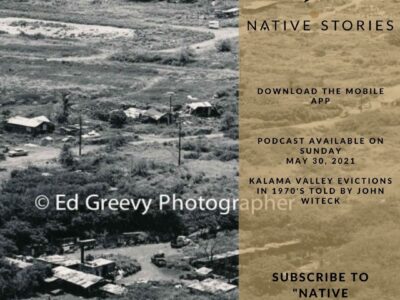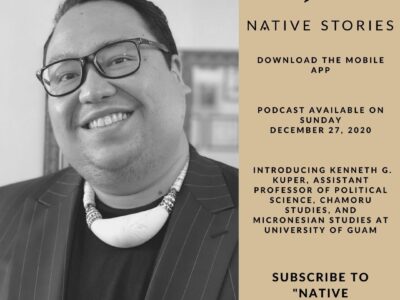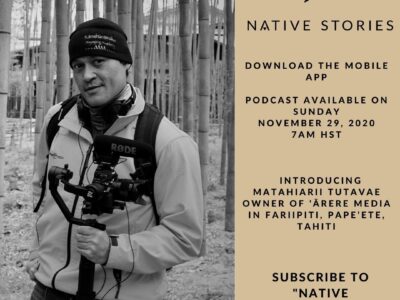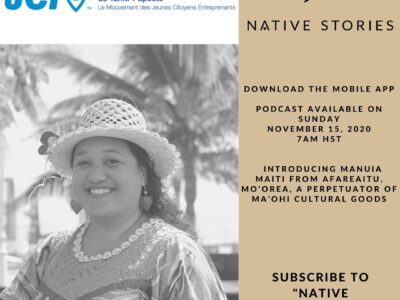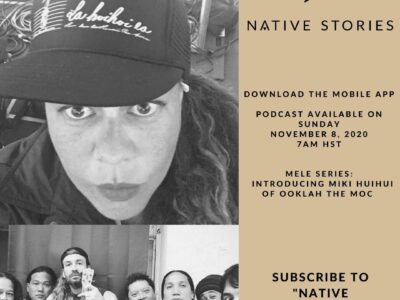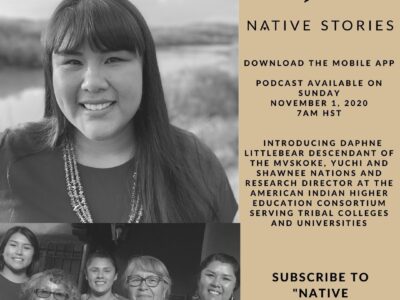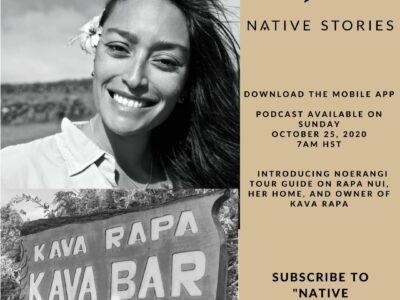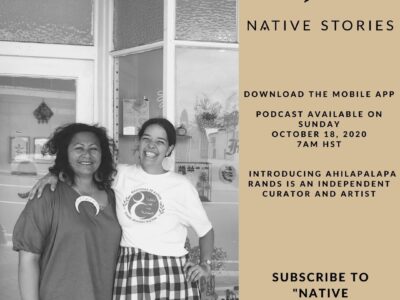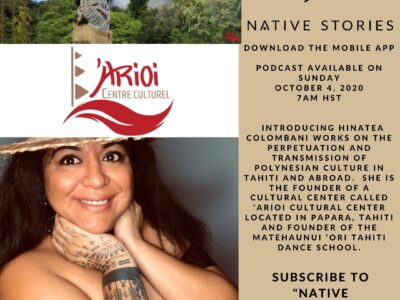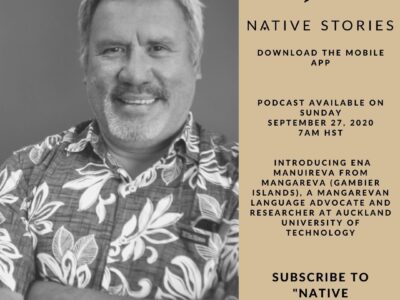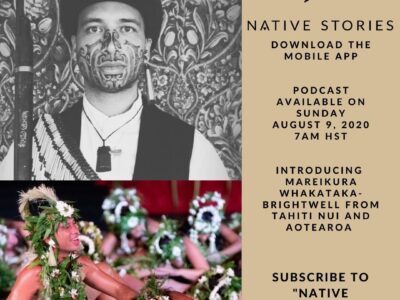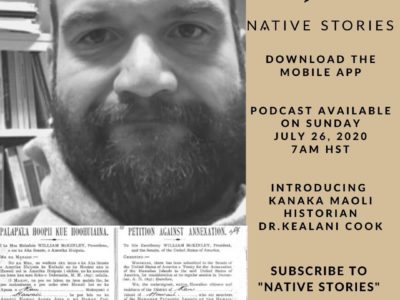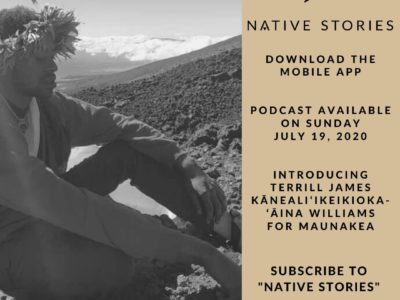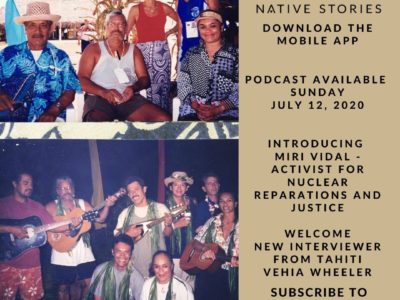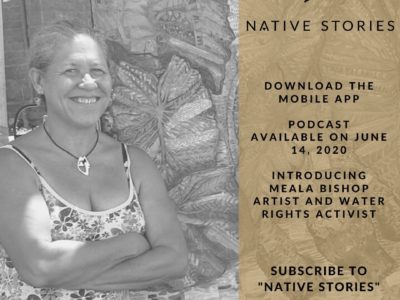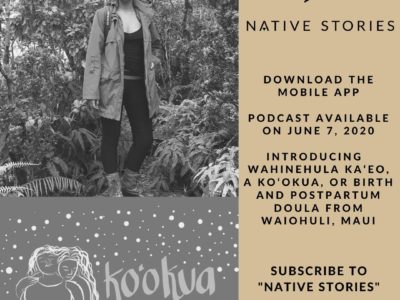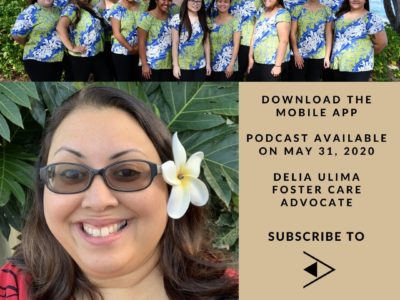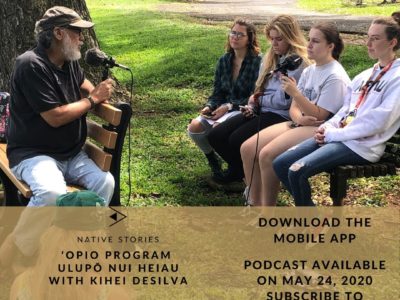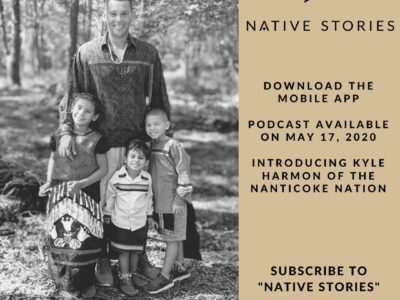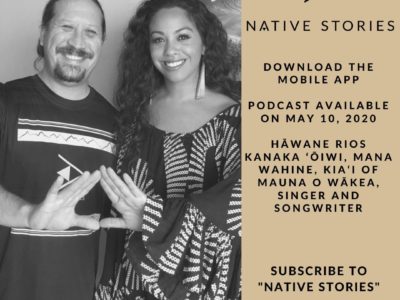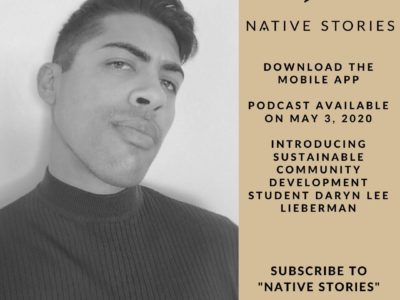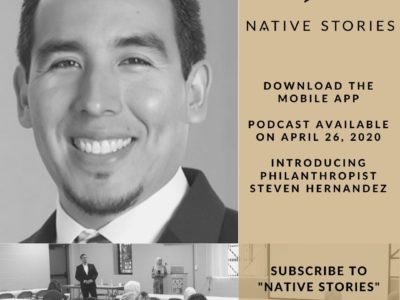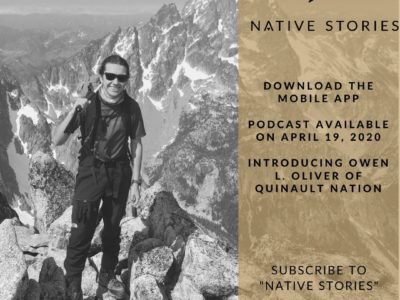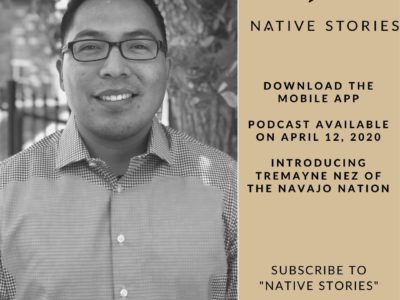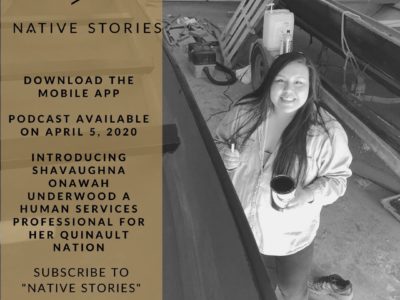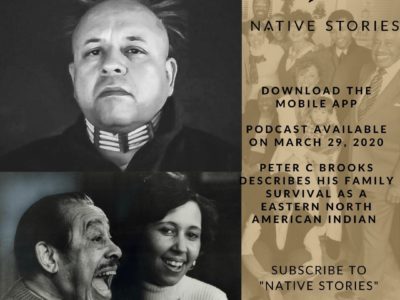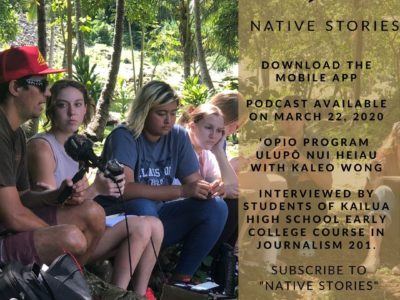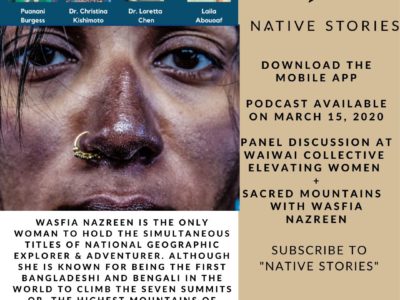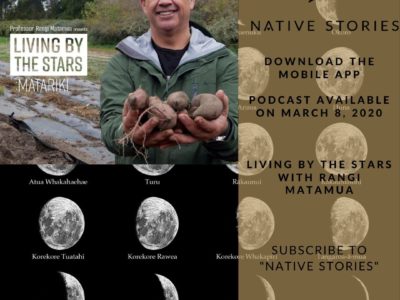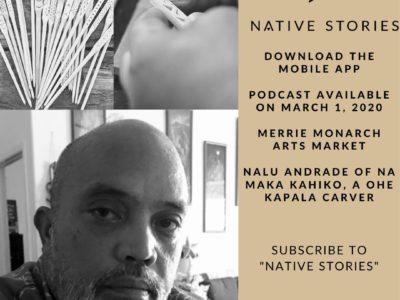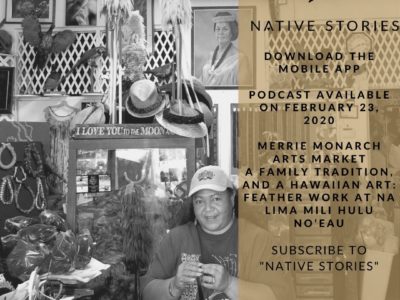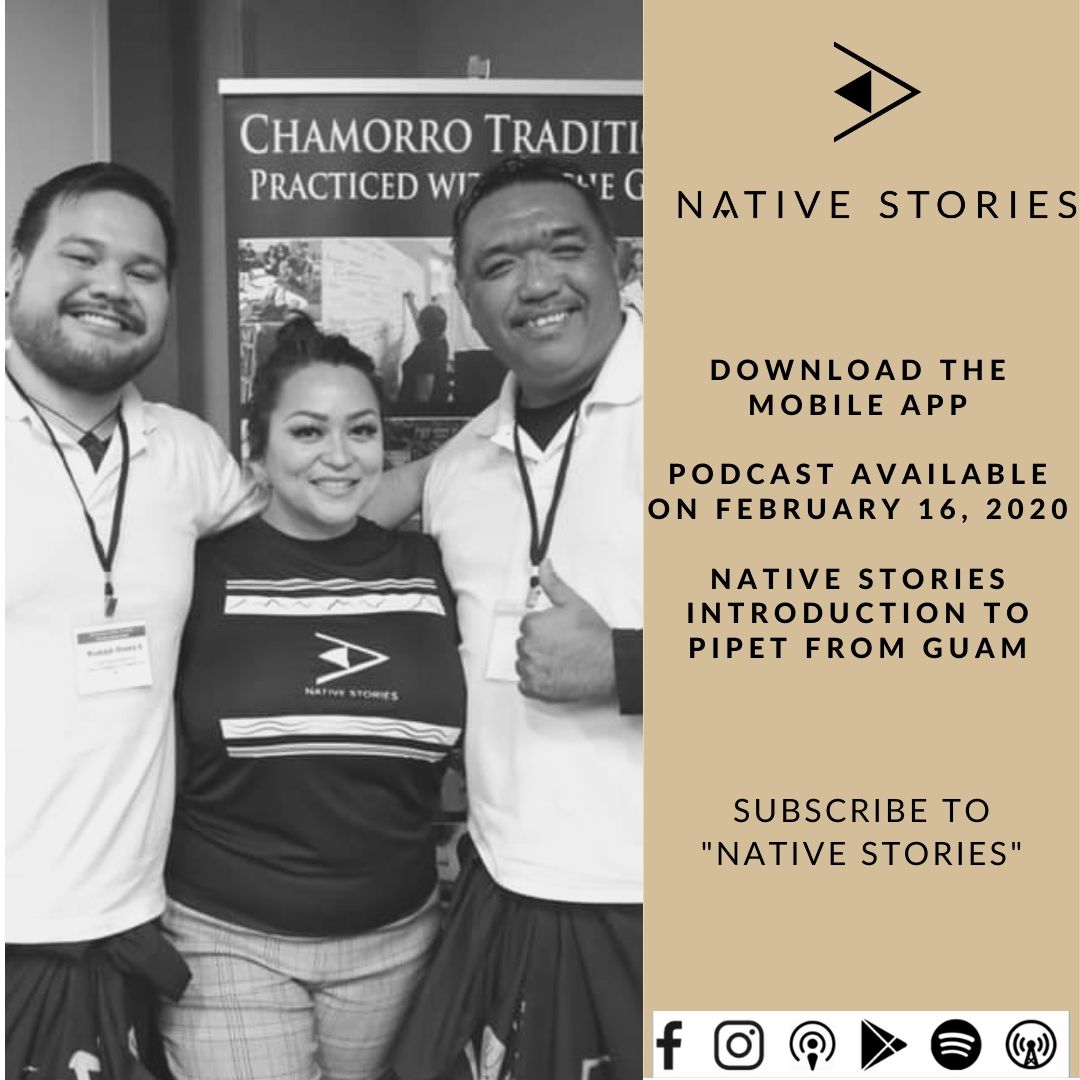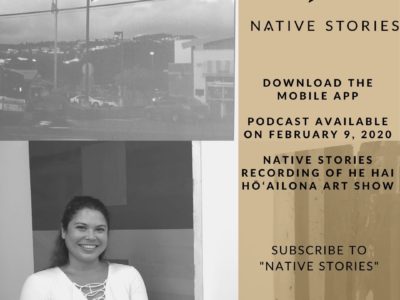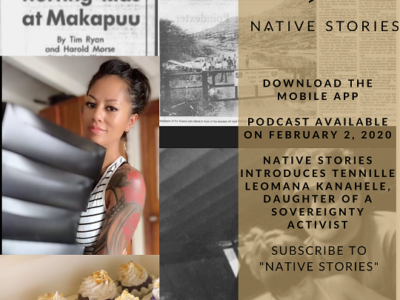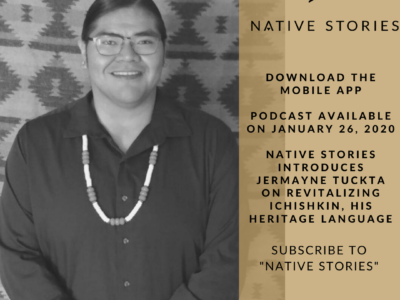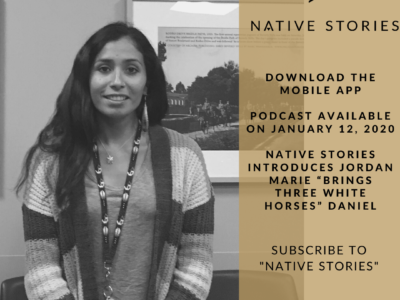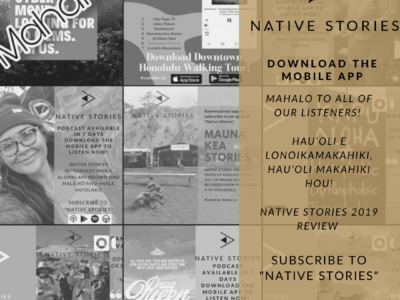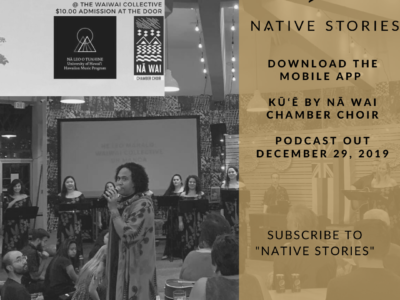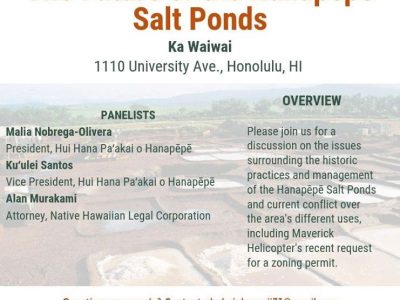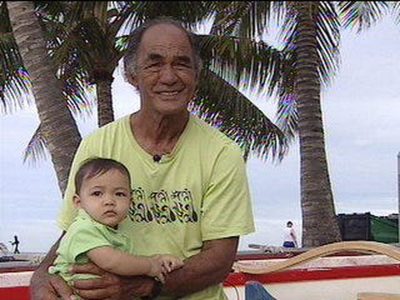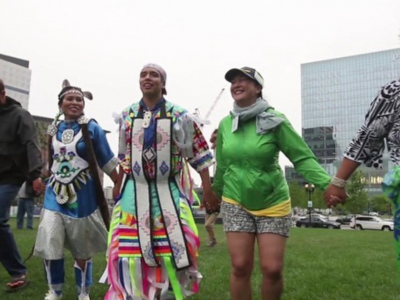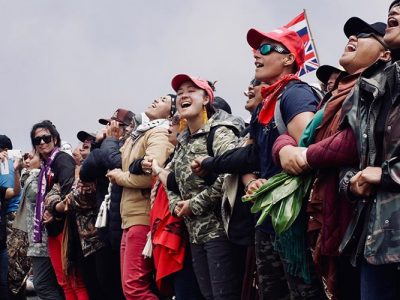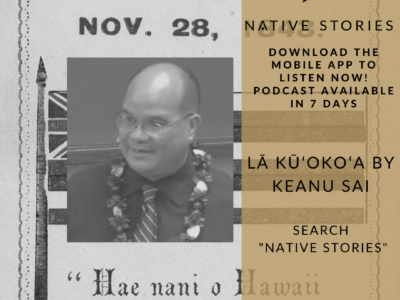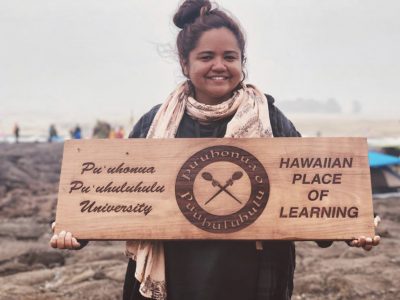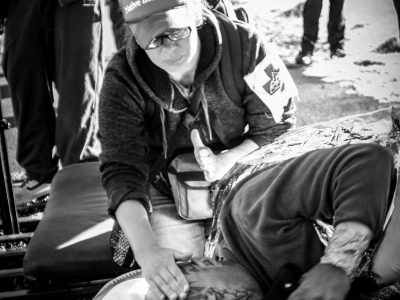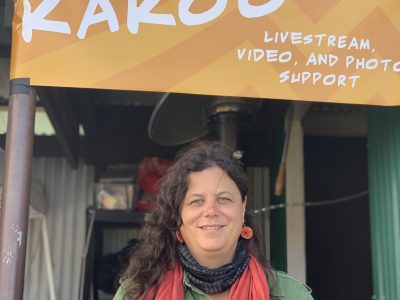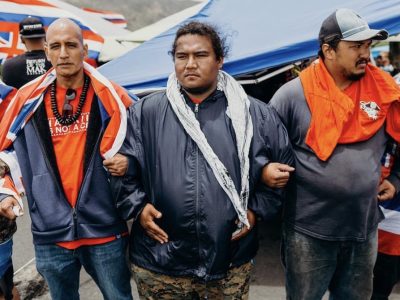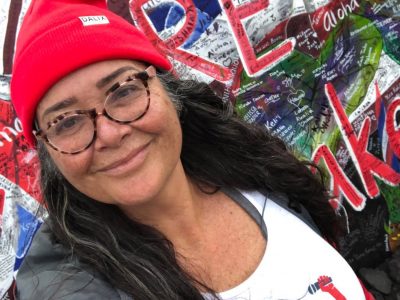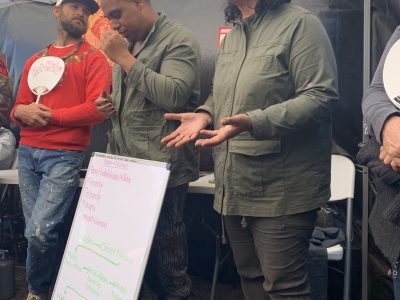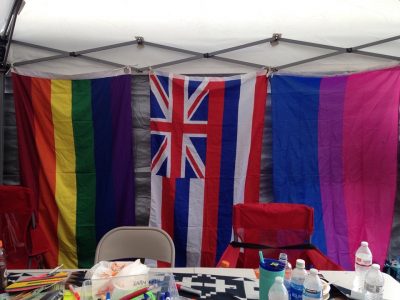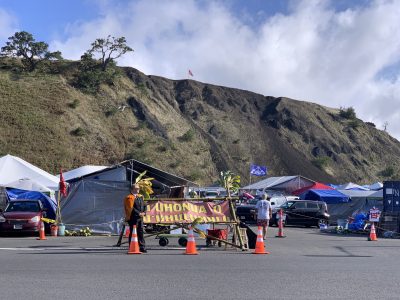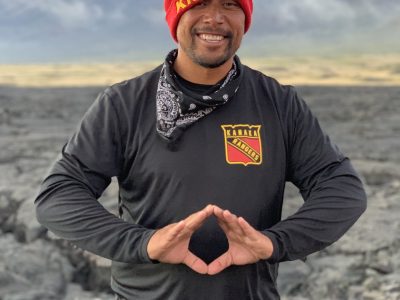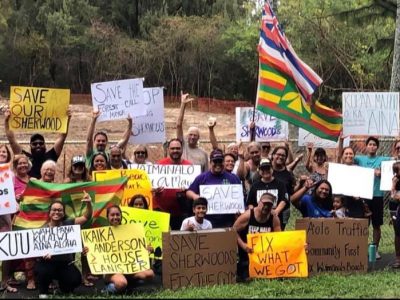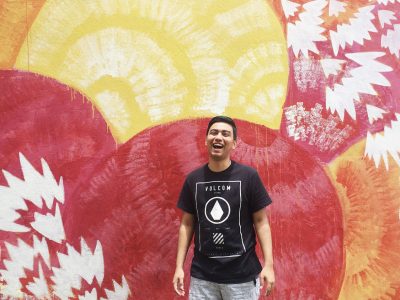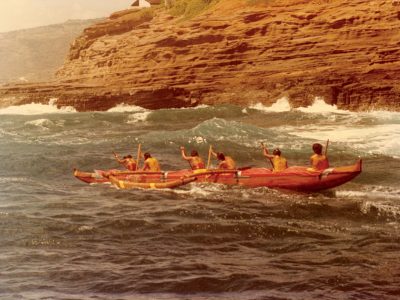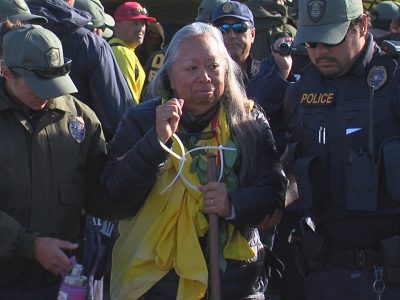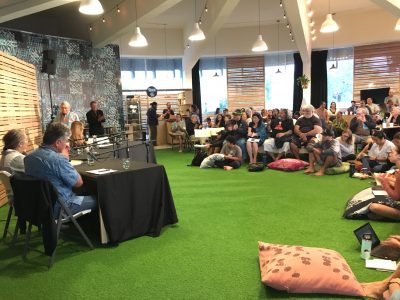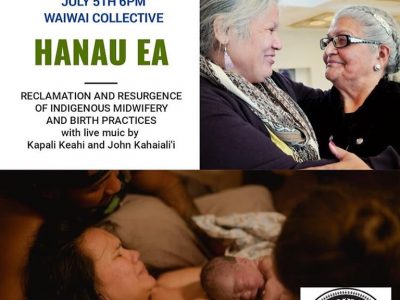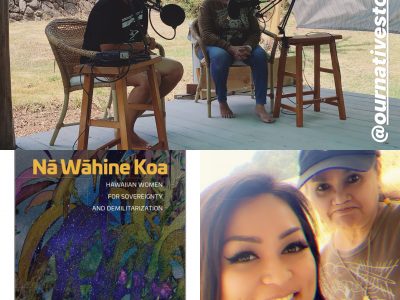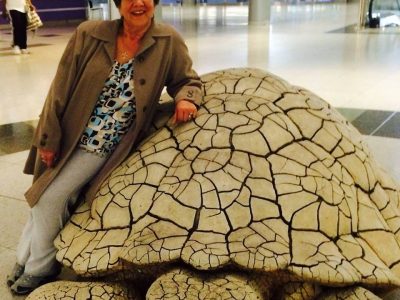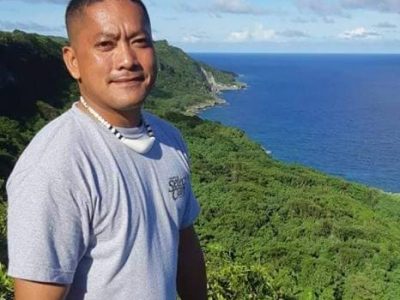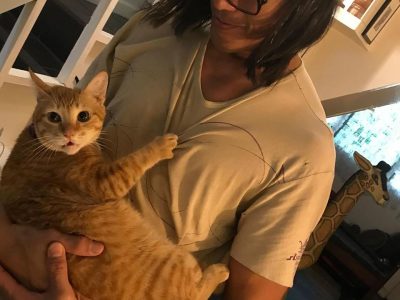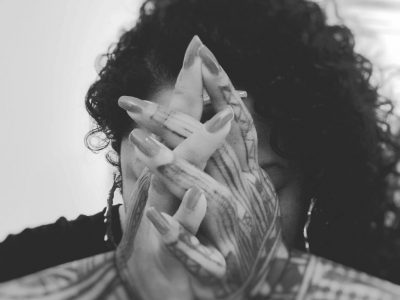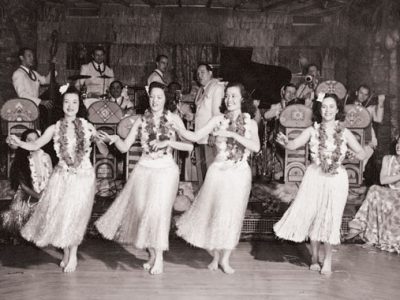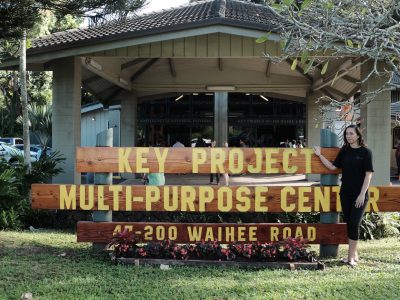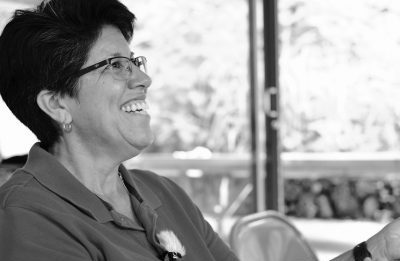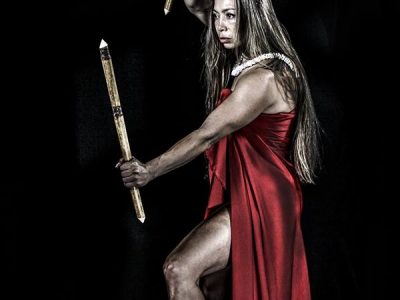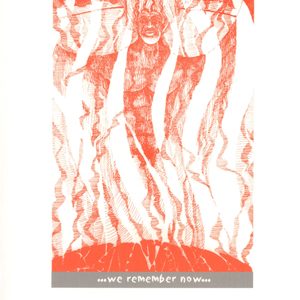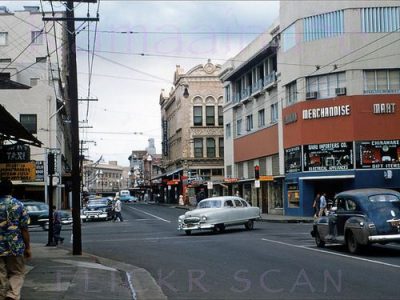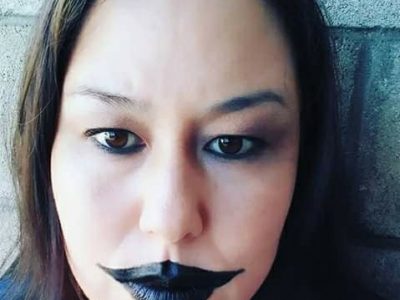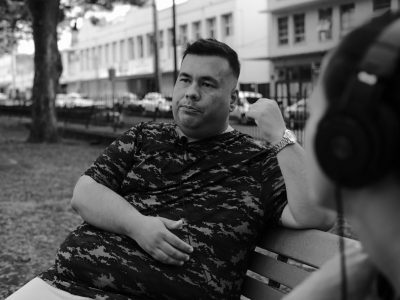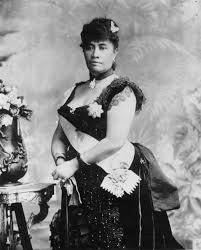Indigenous Mathematicians: Dr. Michael Little-Crow
https://open-global-village.org https://www.youtube.com/open-global-village
Indigenous Mathematicians: Kori Czuy
Kori Czuy, ᒥᐦᑯᐱᐦᐁᓯᐤ, is Cree/Métis Polish, and was born in Treaty 8 by the banks of the Peace River. She is the Manager,... Read More
Temaʻuonukuhiva Teʻikitekahioho-Wolff
Temaʻuounukuhiva Teʻikitekahioho-Wolff was born in Hilo, Hawaiʻi and raised in the district of Puna. He went to Ke Kula o Nāwahīokalaniʻōpuʻu, a... Read More
Indigenous Mathematicians: Bryan Dawson
Dr. Bryan Dawson is a University Professor of Mathematics, from Union University in Jackson, Tennessee. He has a public Canvas course called... Read More
Indigenous Mathematicians: Roberta and Jodie Hunter
Jodie and Roberta are a mother/daughter duo both from Institute of Education at Massey University in New Zealand with Cook Island roots.... Read More
Indigenous Mathematicians: Edward Doolittle
Dr. Edward Doolittle is Kanyenkehake (Flint Nation = Mohawk) from Six Nations in southern Ontario. He earned his PhD in pure mathematics... Read More
Indigenous Mathematicians: Craig Young
Craig Young is from Tséch’ízhí, Arizona and was nominated recently for the Presidential Awards for Excellence in Mathematics and Science Teaching, the... Read More
Founding of Keaukaha Hawaiian Homestead
Halena Kapuni-Reynolds, a PhD student in American Studies, writing his dissertation on the history of Kaukaha and Hawaiian homesteading discusses his research... Read More
Kalama Valley
Before there were homes here today, it was farmland, and before that Hawaii Kai or originally named maunalua was known to be... Read More
Kenneth G. Kuper
Kenneth Gofigan Kuper is Assistant Professor of Political Science (specializing in Security Studies and International Relations) and Chamoru Studies at the University... Read More
Matahiarii Tutavae
Matahi was born and lived most of his childhood in Papetoai, Moorea, Tahiti. He did part of his studies in Aotearoa and... Read More
Manuia Maiti
Manuia Maiti from Afareaitu, Mo’orea is a local young entrepreneur who exports Tahitian arts and crafts to counties around the world. She... Read More
Micky Huihui
Micky Huihui is a bandmember for Ookolah the Moc, a Hawaii Roots band. She received her BS in Hawaiian Studies and has... Read More
Daphne Littlebear
Daphne Littlebear who is from Tamaya, Santa Ana Pueblo and is a descendant of the Mvskoke, Yuchi and Shawnee Nations, where she... Read More
Noerangi Teave
Noerangi Teave is a tour guide on her home island of Rapa Nui, the owner of Kava Rapa Bar – Rapa Nui’s... Read More
Ahilapalapa Rands
Ahilapalapa Rands (Kanaka Maoli, Fijian,Sāmoan, Cook Island, Pākehā) is an independent curator and artist. She holds a Bachelor of Visual Arts from... Read More
Hinatea Colombani-‘Arioi Cultural Center
SundayOctober 4, 20207AM HST Hinatea Colombani from Papara, Tahiti who works on the perpetuation and transmission of Polynesian Culture in Tahiti and... Read More
Ena Manuireva-Mangareva -Language Revitalization Researcher
Ena Manuireva, born in Mangareva (Gambier islands) the smallest archipelago in Ma’ohi Nui (French Polynesia), is a language revitalization researcher at Auckland... Read More
Mareikura Whakataka-Brightwell – Tahiti Nui – Aotearoa
Mareikura Whakataka-Brightwell is a child of Tahiti Nui and Aotearoa. A freelance photographer, videographer and artist, Mareikura bases his work on indigenous... Read More
Kealani Cook – McKinley’s Wars and Influence on Annexation
Hawaiʻi is in many ways not just the start of US overseas empire, but also the last time the US seemed to... Read More
Terrill James Kanealiikeikiokaaina Williams – Defunding Maunakea – COVID-19 Series
This episode highlights the one year anniversary of no construction on Maunakea and the resurrection of @puuhuluhulu@protectmaunakea . Native Stories was blessed to... Read More
Miri Vidal Nuclear – Activist in 90ʻs – Papetoai, Moʻorea
New to Native Stories is Interviewer @_vehia_Miri Vidal lives in Papetoai, Mo’orea. She is a Tifaifai-quilt maker (traditional Tahitian quilt maker), an... Read More
Meala Bishop Artist and Water Rights Activist
Meala Bishop retired as a community arts specialist role in Ko’olaupoko, O’ahu after spending 23 years in the community, teaching, not just... Read More
Wahinehula Kaʻeo on Koʻokua (birthwork)
Wahinehula Kaʻeo is a koʻokua, or birth and postpartum doula from Waiohuli, Maui. A proud graduate of ke Kula Kaiapuni o Maui... Read More
Delia Ulima-Foster Care Advocate
Interviewed by Nanea Lo Delia Parker Ulima has worked over the last decade with non-profit organization, EPIC ‘Ohana, helping to lead the... Read More
Ulupō with Kihei de Silva
ʻOpio ProgramInterviewed by Kailua High (@kailuahigh) School Early College course in Journalism 201.At Ulupō Heiau (@uluponui) in Kailua Oahu, student from Kailua... Read More
Kyle Harmon on Nanticoke Nation
Interviewed by Nanea Lo Kyle Harmon (@xfactorsports22) describes history and his involvement with Nanticoke Nation (www.nanticokeindians.org) He is from Salisbury, Maryland and... Read More
Hāwane Rios- Mana wahine, kiaʻi of Mauna o Wākea, singer and songwriter
Physical copies can be purchased at hawanerios.com.Happy Motherʻs Day to all the makuahine. Ikaika Bishop (@Ikaikaflies) interviewed Hāwane Rios (@hawanemusic). Mahalo to... Read More
Daryn Lee Lieberman, Sustainable Community Development student
Interviewed by Nanea Lo Daryn is Diné (Navajo), N’dé (Mescalero Apache) as well as Ashkenazi Jewish and Spaniard. He is a current... Read More
Steven Hernandez-Philanthropist
Interviewed by Nanea Lo Steven Hernandez of Detroit, Michigan. Steven is a CRA Compliance Specialist, Philanthropist, and Nonprofit Specialist that works with... Read More
Owen L. Oliver
Interviewed by Nanea Lo Owen Oliver of the Quinault Nation grew up on the Salish Sea where he was able to learn... Read More
Tremayne Nez
Interviewed by Nanea Lo Tremayne Nez from the Navajo Nation talks about his community and his experience in Washington D.C. for the... Read More
Shavaughna Underwood
Interviewed by Nanea Lo Shavaughna Underwood is a part of the Quinault Nation in Washington. She is a Champion for Change for... Read More
Peter Brooks – Urban Indian History from East North America
Interviewed by Nanea Lo (@eananealo) via @SkypePeter C Brooks (https://www.facebook.com/peter.c.brooks) describes how his native people on the east parts of north america had... Read More
Kawainui Fishpond with Kaleo Wong
ʻOpio ProgramInterviewed by Kailua High School Early College course in Journalism 201.At Ulupō Heiau in Kailua Oahu, student from Kailua High School... Read More
Elevating Women + Sacred Mountains with Wasfia Nazreen
Panel Discussion at Waiwai Collective Recorded on March 6 – Hosted by Hawaii Technology Academy (@htacharter) at WaiWai Collective (@waiwaicollective): Elevating Women... Read More
Maori Astronomy with Dr. Rangi Matamua
Dr Rangi Matamua (Tūhoe) is a professor at the University of Waikato, and his research fields are Māori astronomy and star lore,... Read More
Merrie Monarch Art Market Series – Nalu Andrade – Ohe Kapala
Interviewed by Ikaika Bishop More info on: https://namakakahiko.wixsite.com/ Nalu first had an interest in carving at the age of six when he... Read More
Merrie Monarch Art Market Series – Feather work at Na Lima Mili Hulu Noʻeau
In Kapahulu we learn about Hawaiian feather work at Ne Lima Mili Hulu Noʻeau with Mele Kahalepuna Chun. For generations this family... Read More
Introduction to Para i Probechu’n i Taotao-Ta
The mission of PIPIT, Inc. is to support community organizations and members that promote the preservation of the Chamorro language and culture.... Read More
He Hae Hō’ailona Art Show
Panel Discussion on 2/5/2020 about the artworks composed in response to the overthrow of the Hawaiian Kingdom and 127 years of illegal... Read More
Tennille Leomana Kanahele – Daughter of a Sovereignty Activist
Tennille Leomana Kanahele describes to us her experiences growing up with a ohana that was prominent in the movement towards sovereignty. She... Read More
Jermayne Tuckta from Warm Springs on Revitalizing Ichishkin
Jermayne grew up on the Warm Springs reservation and learned the tribal traditional ways and continues to carry on today. He has... Read More
Jordan Marie “Brings Three White Horses” Daniel on Murdered, Missing, Indigenous Women
She discusses her advocacy, the issue, and others that are doing great work today. .Native women living on tribal lands are murdered... Read More
Year in Review 2019
@nanealo and @nohealani16 discuss the history of Native Stories, journey through @thepurpleprize, review of 2019, and some insight into the future. Mahalo... Read More
Concert Lecture -Kūʻē- A history on sonic resistance
Recorded at @waiwaicollective on December 13th 2019, a collaboration between Nā Wai Chamber Choir @nawaichamberchoir and the University of Hawaiʻi Music Department’s... Read More
Hanapepe Salt Flats
Panel discussion on the issues surrounding the historic practices and management of the Hanapēpē Salt Ponds and current conflict over the area’s... Read More
Nappy Napoleon of Anuenue Canoe Club
Joseph “Nappy” Napoleon (Born 1941) is well known for his participation in waʻa canoe racing in Hawaiʻi. Uncle Nappy paddled in his first Moloka’i Hoe,... Read More
Kauʻi Baumhofer – Inter-generational/historical trauma
The most dangerous time for our people... is institutional racism, which is when an institution, organization, or government has policies, practices, procedures or laws, that give or afford unearned privilege to one group or another, and that is exactly what is happening up on this mauna.
Jamaica Heoli Osorio – Wahine line
See how powerful the people of Hawaii can be, and we wield a real serious force, that we can push in whatever direction we want, and I really hope that we are not just looking back in history to this beautiful time when we all came together and then it stopped, but really look back and see "oh that was another beginning to how we got right here right now in whatever issue we were fighting then."
Lā Kūʻokoʻa by Keanu Sai
From Keanu Sai’s blog https://hawaiiankingdom.org/blog/ In the summer of 1842, Kamehameha III moved forward to secure the position of the Hawaiian Kingdom... Read More
Presley Ah Mook Sang- President of Puʻuhuluhulu University
My manaʻolana for all of this is that people gain a sense of identity and they are able to be proud of who they are, where they come from..."
Mauna Kea Series – Noelani Ahia on Mauna Medic Healers Hui
Our intention is to create a nurturing space, a space of empowerment...a brave space for people to feel comfortable truth telling. One of the things we’ve noticed on the Mauna is there’s a lot of historical/cultural trauma going on. I hope that our wahine space is one of those spaces where wahine, māhū, kāne, everyone feels comfortable to come into a nurturing space where they can truth tell, share their own moolelo for how they got here.
Kerry Ilima Long-Nā Leo Kakoʻo – Maunakea Media + Communications
From 2015 until now I’ve been continuing to organize students, train them on how to approach creating actions on campus, how to confront the university, how to confront President Lassner.
Mauna Kea Series – Paul Punahele Kutzen on Hawaiʻi Hip Hop
Struggling in the hood, figuring out that I’d rather have the ʻāina back then eat spam and have EBT, hip hop solved my problems by expressing it, so I figured I might as well teach youth this craft that helped me learn discipline and bless me with a better outlook on life and help me navigate through struggle.
Mauna Kea Series – Marie Alohalani Brown and Hale Hōʻahu +Hale Hoʻolako
For too long our intimate connection with our environment has been interrupted by western ways of being and knowing that was imposed upon us... so that’s what’s so exciting about Puʻu Huluhulu, is that we are coming back and living in one with our environment and getting to know the elements and the changing of the seasons... and what is more Ea then that?
Mauna Kea Series – Mahealani Ahia on Hale Mana Wāhine
Our intention is to create a nurturing space, a space of empowerment...a brave space for people to feel comfortable truth telling. One of the things we’ve noticed on the Mauna is there’s a lot of historical/cultural trauma going on. I hope that our wahine space is one of those spaces where wahine, māhū, kāne, everyone feels comfortable to come into a nurturing space where they can truth tell, share their own moʻōlelo for how they got here.
Mauna Kea Series – Kahala Johnson on Hale Mana Māhū
Outside of public-school sex education, learning about the sexuality, the gender, the sexual practices of my ancestors have helped me as a māhū to decolonize my body, my relationships, so Sex Eaducation is uncovering what is always conscious, we are constantly in a sexual relationship with the ʻāina.
Mauna Kea Series – Camille Kalama on Legal Observers
Legal observers are present at things like direct action or protests, to observe law enforcement and primarily to act as a deterrent to law enforcement from acting unconstitutionally or unreasonably.
Mauna Kea Series – Aliʻi Paul K. Neves on King Kamehameha Royal Order 1
They love us when we go along with what they want, but the minute the Hawaiian people say no to something, we are labeled protesters, anarchists...so we decided in 1996 to begin taking part in protecting/preserving Mauna Kea. We are Alii, and alii means servants or resource managers with a dab of holiness.
Mauna Kea Series – Laʻakea Sanborn on Kanaka Rangers
Kanaka rangers is modeled after a program in Australia where the indigenous peoples of those lands… the way that they saw fit… where you are getting the native indigenous people of those lands to take on kuleana of stewardship, also legislation and enforcement to those resources to belong to those people.
Saving our Sherwoods
We interview Ka’u Kalama-Ohelo and Ku’ike Kamakea-Ohelo on Save our Sherwoods. Their purpose is to protect and preserve the historical, cultural and... Read More
Kerry Ilima Long-Nā Leo Kakoʻo – Maunakea Media + Communications
From 2015 until now I’ve been continuing to organize students, train them on how to approach creating actions on campus, how to confront the university, how to confront President Lassner.
Kaimana Kawaha – ʻŌlelo Hawaiʻi + Mele Hawaiʻi
Those mele lāhui are probably one of the most important things to hold onto because they connect us. Within those mele, they keep us conscious about what being part of the lāhui is like, they express how we feel about being in the lāhui. It’s very personal but very true to you as a kanaka.
History of Hoe Wa’a and Na Wahine o Ke Kai
Hoe wa’a or Hawaiian outrigger canoe paddling started well before the 1960’s. History tells us that King Kalakaua brought the sport back... Read More
Dr. Noenoe Wong-Wilson
I was the first wahine, the first woman that was asked to stand up, so they put their handcuff/strips on me and walked me to the vehicle. There was silence, but there were tears, there were tears of love. The policemen wept, and we wept, and all of the young people wept in silence. And we asked to do that, and give every kupuna their day.
Panel Discussion on Management of Mauna Kea
The discussion will cover the University of Hawaii’s historical management of Mauna Kea, the role that astronomy and Native Hawaiian communities have... Read More
Nā Wāhine Koa
Nā Wāhine Koa documents the life of four mana Hawaiian wahine for sovereignty and demilitarization. Being interviewed is Aunty Terri, one of... Read More
Cree Language Revival
Tansi nitooteemuk. Greetings to all my Relations. I am a Cree grandmother and am honoured to hold Blood Memories from my great-grandfather... Read More
Chamorro Land and Sovereignty
Ned Pablo of Guåhan is an Indigenous Chamorro and grassroots activist from the Marianas Islands and this is his story about Chamorro... Read More
Beyond Imelda’s Shoes: Martial Law and Marcos’ Connections to Hawai’i
Romano Cortes Jorge is a journalist and owner of Strawberry Jams Music Studio. He has decades of experience as a newspaper and... Read More
Childhood Education and Trauma Informed Care from a Tongan Perspective
Natasha Hanisi nee Lemoto resides in Sydney, Australia and is a wife and mother of two sons. Born on Ngapui whenua in... Read More
Being Micronesian in Hawai’i
Sha Merirei Ongelungel is a Palauan-American professional rabble rouser. She’s spent the better part of the last two decades working in digital... Read More
Hula Circuits and Hawaiian Rooms: Looking at “Mainland” Hawaiians with Kapena Baptista
Kapena’s great grandmother was a kumu hula and ukulele singer. Kapena started researching his roots while at Harvard and produced his thesis... Read More
Conversation with Aulii Dudiot from the Keys Project
Sponsors: Kamehameha Schools Interviewer: Adam Keawe Manalo-Camp Description: http://keyproject.org/ (808) 239-5777 info@keyproject.org Aulii Dudoit is the Executive Director at KEY Project. The... Read More
Connie Florez, Producer of films Ke Kulana He Mahu, Kumu Hina, and much more.
Connie Florez is an indigenous film producer and director. She was born in Fairfield California and now lives in Hilo. She has... Read More
Mana Wahine and Lua
Michelle began studying hula at the age of 3 and martial arts at 9. She is a first generation Senior Black Belt... Read More
Talk story with Ka’iulani Kauihou
Interviewed by: Adam Keawe Manalo-Camp Description: Kaʻiulani describes growing up in Mākaha, describes our roles as entrepreneur’s pre contact, and her nonprofit... Read More
Imaikalani Kalahele on Contemporary Hawaiian Art (Part 2)
Sponsor: Hawaii Council for the Humanities Sources: Imaikalani Kalahele Voice: Imaikalani Kalahele and Noelani Arista and Lala Nuss Date Recorded: May 14,... Read More
Imaikalani Kalahele on Downtown Honolulu (Part 1)
Sponsors: Hawaii Council for the Humanities Sources: Imaikalani Kalahele Voice: Imaikalani Kalahele and Noelani Arista and Lala Nuss Description: [Explicit Language] (Part... Read More
Mapuana Hayashi-Simpliciano on history of indigenous people of Japan
Interviewed by: Adam Keawe Manalo-Camp Description: Māpuana Hayashi-Simpliciano is a Kanaka Maoli and Ainu rights advocate, educator, scholar, poet and hip-hop artist.... Read More
Adam Keawe Manalo-Camp on Papakōlea
Description: Adam discusses the first group of people that lived in Papakōlea, the area around Papakōlea including Queen Liliuʻokalaniʻs garden. Sponsors: Kamehameha... Read More
Adam Keawe Manalo-Camp on Queen Liliuʻokalani
Description: Adam describes the homes of Queen Liliuʻokalani at Haleʻākala, Paokalani, Washington Place, Muʻolaulani, and ʻIolani Palace to Nohea Hirahara. Sponsors: Hawaii... Read More


